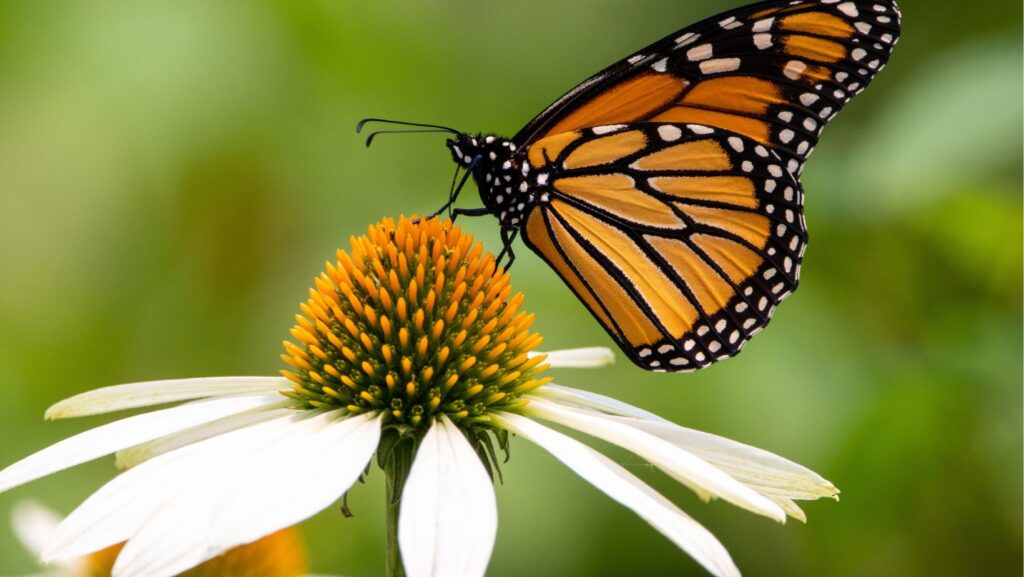Transparent:xcc8h_tlgju= Butterfly

In the enchanting world of butterflies, few species captivate the imagination quite like the transparent butterfly. With delicate wings that appear almost invisible, these ethereal creatures seem to defy nature’s norms. Their unique transparency isn’t just for show; it serves as a clever camouflage, allowing them to blend seamlessly into their surroundings and evade predators.
Found primarily in the rainforests of Central and South America, transparent butterflies, also known as glasswing butterflies, are a testament to the wonders of evolution. Their wings, with intricate patterns and see-through sections, reflect a fascinating adaptation that ensures their survival in the wild. As we delve deeper into the lives of these remarkable insects, we uncover the secrets behind their transparency and the role it plays in their ecosystem.
Beyond their scientific intrigue, transparent butterflies offer a gentle reminder of nature’s artistry and the delicate balance that sustains it. Their presence invites us to explore and appreciate the hidden marvels of the natural world.
Understanding Transparent Butterflies

Transparent butterflies, particularly the glasswing species (Greta oto), possess remarkable traits. Their wings are near-invisible owing to nanostructures that minimize light reflection, creating an effect akin to clear glass. This adaptation enhances their camouflage, making them elusive to predators.
Primarily located in Central and South America, these butterflies thrive in humid rainforest environments. The ecosystem supports their life cycle, providing host plants for caterpillars and nectar sources for adults.
The butterflies’ wings feature veins and small scales, despite their transparency. These structures add resilience, allowing mobility through dense foliage. Moreover, their coloration deters predators who may associate vibrant hues with toxicity.
Transparent butterflies play ecological roles beyond evasion. As pollinators, they support plant reproduction, contributing to the biodiversity of their native regions. Their interactions within the ecosystem reflect the complex interdependence of rainforest species, highlighting nature’s intricate balance.
Unique Features of Transparent Butterflies
Transparent butterflies possess remarkable traits that distinguish them in the natural world. These features contribute significantly to their survival and ecological roles.
Physical Characteristics
Their wings exhibit transparency due to microscopic scales. These scales lack pigment and scatter light minimally. A reduced reflection results, blending into the background and enhancing invisibility. The wingspan varies, typically from 5.6 to 6.1 cm, allowing a balanced flight. Additionally, a brown border and white stripes accentuate their delicate appearance.
Camouflage and Survival Techniques
Transparent butterflies utilize their transparent wings as a primary defense mechanism. They effectively disappear against a variety of backgrounds when stationary. Predators struggle to detect them amid foliage. Their flight pattern, comprising erratic movements, further confounds potential threats. This evolutionary strategy not only aids in predator evasion but also in avoiding human detection, which supports biodiversity studies.
Habitat and Distribution
Transparent butterflies, or glasswing butterflies, thrive in humid and biodiverse environments. They exhibit specific habitat preferences that support their lifecycle.
Natural Habitats
Transparent butterflies predominantly inhabit the lush rainforests of Central and South America. They flourish in areas with high humidity, abundant foliage, and diverse flora. These conditions provide ample resources such as nectar sources and host plants for egg-laying. The understory of the rainforest, with its dappled sunlight and dense vegetation, offers the ideal environment for camouflage and protection from predators.
Global Presence

Though primarily centered in Central and South America, transparent butterflies occasionally appear in subtropical regions. Notable sightings extend to southern parts of North America, highlighting their adaptability to various ecosystems. Their distribution remains largely tied to forested areas, emphasizing the importance of conserving these habitats to ensure their survival and continued ecological role.
Transparent butterflies, with their ethereal beauty and ecological importance, offer a glimpse into the intricate artistry of nature. Their ability to blend seamlessly into their surroundings not only captivates the imagination but also highlights the delicate balance of ecosystems in which they thrive. As key pollinators and indicators of environmental health, they play a vital role in maintaining biodiversity.
The challenges they face, such as habitat destruction, underscore the urgency of conservation efforts. By protecting these fragile creatures and their habitats, we ensure the preservation of the rich biodiversity of our planet. Transparent butterflies remind us of the wonders hidden within the natural world, urging us to cherish and protect the environments that support such extraordinary life forms.

